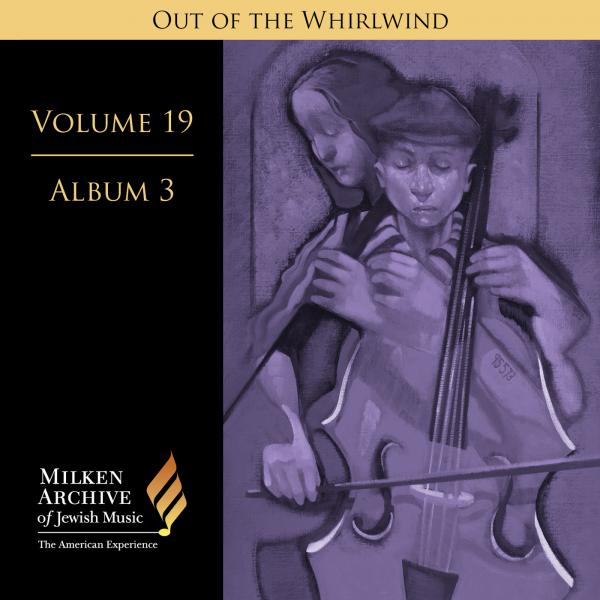Tracks
Liner Notes
In composing her String Quartet no. 3 (1997), which is subtitled In Memoriam Holocaust, Schonthal was fully reticent about the artistic as well as ethical dangers inherent in trying to represent through music the calculated annihilation of European Jewry. “I always wanted to stay away from the Holocaust,” she explained in a 1999 interview, “because I didn’t want to trivialize it.”
“Some composers ‘use’ it,” she lamented, referring to the continual opportunistic efforts to exploit the event for personal career attention—a phenomenon that seems to be on the rise even at the beginning of the 21st century. “They make decorative material out of it—cheap stuff.” Still, Schonthal realized that art is too powerful a medium to eliminate this subject altogether from consideration as a vehicle—not so much of depicting the Holocaust, but of ensuring its perpetual remembrance. “The challenge here is that when you want to convert something into art with an agenda like that, ultimately it still must be art—it still must be a work on its own.” She feels that eventually she found a way in this work, by using the quartet as a representation of four different personal experiences and reactions, including the most significant and telling element of all: nothing and nothingness. One of the defining features of the Germans’ collective murder of European Jewry—one that in many ways distinguishes it from all previous massacres, perpetrated horrors, and even attempted genocides throughout history—is that the Jews’ death was essentially for no purpose, to no advantage to its enemies, and to accomplish no objective—for nothing. “Nothing—this is a moment the quartet captures,” Schonthal emphasized.
In the first movement, each player takes on the role of an individual victim of the German mass murder. After the slow, relatively dissonant introduction, the four parts become independent of one another. Their individual rhythmic and melodic motifs become interspersed with collective anguish, portrayed in the music by multilayered swirls of sound and abrasive shrieks in the upper registers of each instrument. A series of parched, edgy repeated chords and single-pitch patterns in angular rhythms expresses desolation as a sort of existential nothingness. The unmitigated panic and distress at the end of the movement rings transparently in high and low ends of the registers.
The second movement, Lament and Prayer, is introduced by an extended rhapsodic and passionate solo cello passage, a sort of soliloquy, which the other three instruments join incrementally. Dissonances are more moderate than in the first movement, but there is an underlying disharmony. A recurring three-note motive with an augmented interval—mediant-raised supertonic to tonic—represents the scale of one of the principal Ashkenazi prayer modes in eastern European cantorial tradition: the so-called ahava raba mode, which, although it has come to have a distinctly “Jewish” perception and association, is derived historically from the Arabic hijaz mode. The movement concludes with an air of prayer, which nonetheless offers no solace in the music. If indeed it is prayer, it is prayer as an unanswerable question. “The listener is meant briefly to relive these moments,” the composer has stated. “That is the function of this musical memorial.” Its world premiere was given in 2002 (two years after its recording for the Milken Archive) in Washington, D.C.
Credits
Composer: Ruth SchonthalPerformers: Bingham String Quartet
Publisher: Furore Verlag
